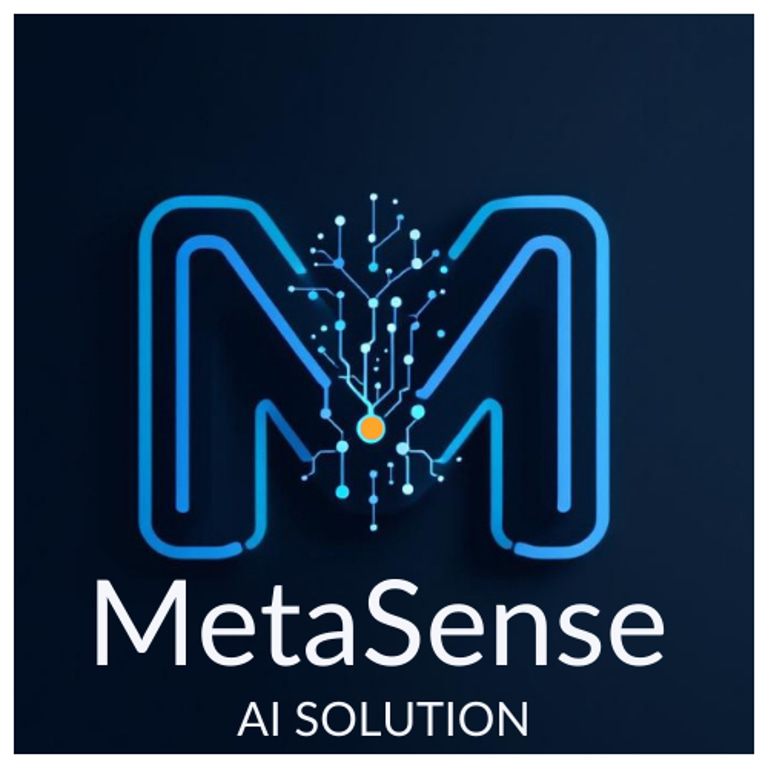Tools to Simplify Life for Non-Developers: A Limited but Useful Promise
No-code tools, ERPs, and similar platforms aim to simplify app creation and business processes, offering quick solutions for standard needs. However, they struggle with highly specific or complex requirements, making tailored development necessary for long-term success. These tools are ideal for creating MVPs to test ideas with minimal cost and effort but often hit performance and customization limits as projects grow. A balanced approach involves using these tools for prototyping and transitioning to custom solutions for scalability and adaptability.
1/4/20252 min read


Tools to Simplify Life for Non-Developers: A Limited but Useful Promise
Since the early days of computing, tools designed to simplify or even replace developers’ work have proliferated. As early as the 1990s, software like Oracle's Forms Developer 2000 or PowerBuilder promised to accelerate application development by offering intuitive and visual environments. More recently, tools such as EGL (Enterprise Generation Language) and no-code platforms like Bold.new, Make, Bubble, or Adalo have revolutionized access to application creation.
These tools have been complemented by ERPs (such as SAP, Odoo, Microsoft Dynamics), which promise to meet business needs with ready-to-use modules for financial management, logistics, or human resources. However, despite their ambitions, these tools quickly reach their limits when requirements become too specific.
A Universal Promise… Often Too Generic
With 25 years of experience in IT, I’ve often observed that every client is unique. Their needs, internal processes, and requirements are always different, even if there are commonalities among companies in the same sector. No-code tools or ERPs, while effective for some standardized cases, struggle to adapt to highly specific demands.
Even worse, these tools can make clients feel at fault. They seem to imply, “Why don’t your needs fit into our ready-made solution?” Yet, it’s this very uniqueness that makes each company valuable and often justifies the need for tailored solutions.
The MVP: A Bridge Between Generic and Specific
Where these tools excel is in their ability to produce prototypes or Minimum Viable Products (MVPs). Simply put, an MVP is an initial version of a product or service, created with minimal effort and cost. This early version helps test ideas, identify what works or doesn’t, and refine real needs before investing in a final solution.
No-code or low-code tools (which require minimal programming) are perfect for this phase. In just a few days—or even hours—a business can create a functional application to test a concept. However, as a project grows and needs become more complex, these tools reveal their limitations: reduced performance, lack of customization, and challenges with integrating other systems.
Comparative Table: No-Code vs. Custom Development
Conclusion: Complementary Tools, Not Exclusive Ones
No-code tools and ERPs are valuable allies for starting a project or testing an idea at a low cost. They provide a quick, tangible vision of what an application or digital process could be. However, it’s important not to overinvest in these solutions as requirements become more serious.
A smart strategy involves using these tools as a springboard to validate ideas and refine needs. Then, transitioning to tailored solutions that can evolve and adapt perfectly to the company’s unique characteristics is often the better choice.
In IT, as in other fields, no tool can replace an expert. Knowing when and how to use these solutions is the key to getting the most out of them without compromising your ambitions.


